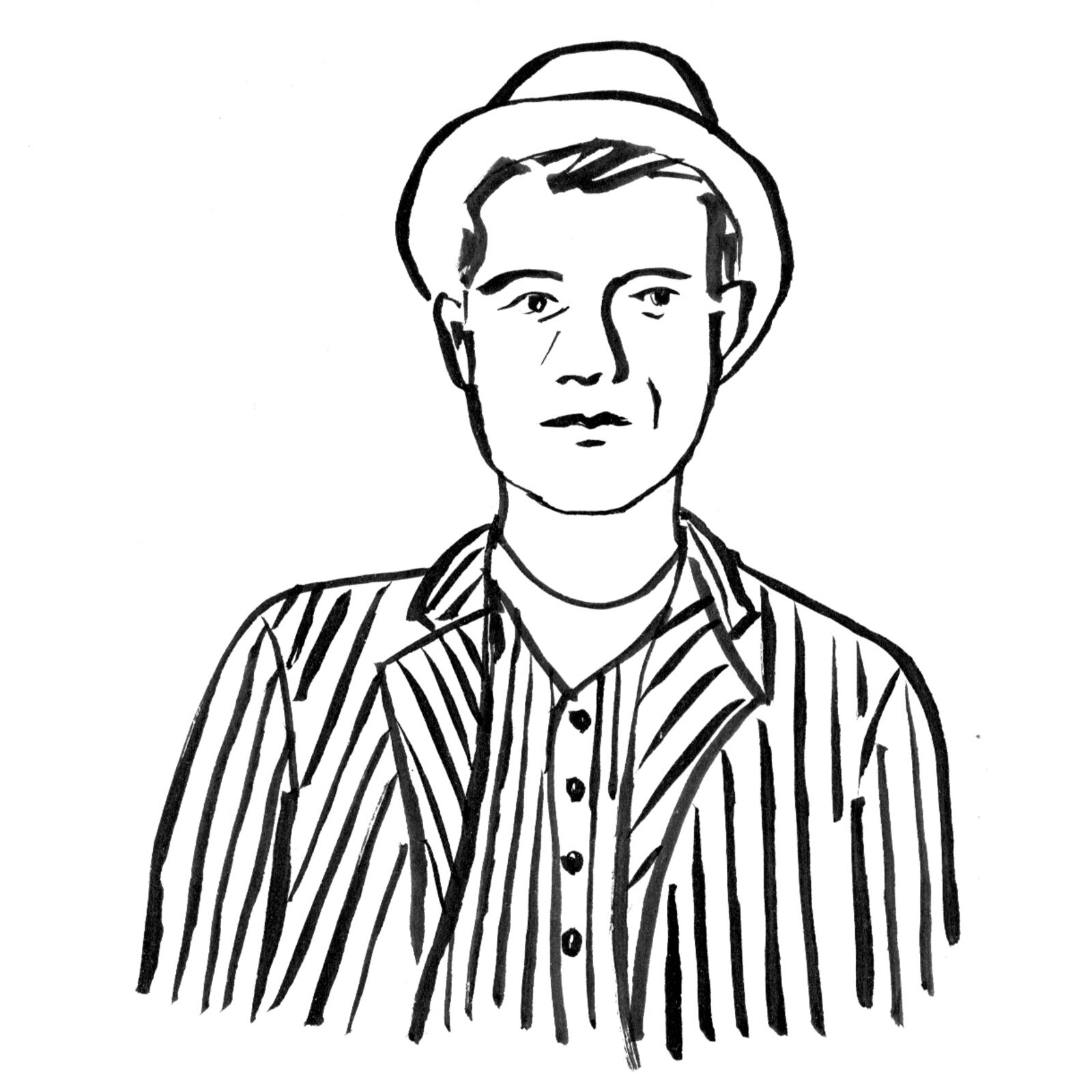
Laura Junger
Auguste Herbin
Born 1882 in Quiévy
Died 1960 in Paris
Herbin played a key role as an organizer in the establishment of geometric abstraction in France, a style he had arrived at through Cubism.

David von Becker
Herbin studied at the art school in Lille beginning in 1899. In 1901 he went to Paris, where he painted pictures influenced by Impressionism and Neo-Impressionism; around 1907 he explored the motifs and colors of Fauvism.
In 1909 Herbin moved into the studio building of the Bateau-Lavoir in Montmartre, where Picasso also lived, and subsequently embraced Cubism. In the mid-1920s, he developed geometric abstraction, and in 1931 founded the artists’ group Abstraction-Création with Georges Vantongerloo and others. In the 1940s, Herbin further developed his flat compositions of elementary forms into an alphabet plastique, in which each letter corresponded to a color and shape and was associated with a tone.
Herbin in the collection
Auguste Herbin is represented with one work in the Hasso Plattner Collection, on view in the Museum Barberini as a permanent loan from the Hasso Plattner Foundation. With over 110 paintings of French Impressionism and Post-Impressionism, including masterpieces by Claude Monet, Pierre-Auguste Renoir, Berthe Morisot, Gustave Caillebotte, and Paul Signac, the museum in Potsdam is one of the most important centers of Impressionist landscape painting in the world.




